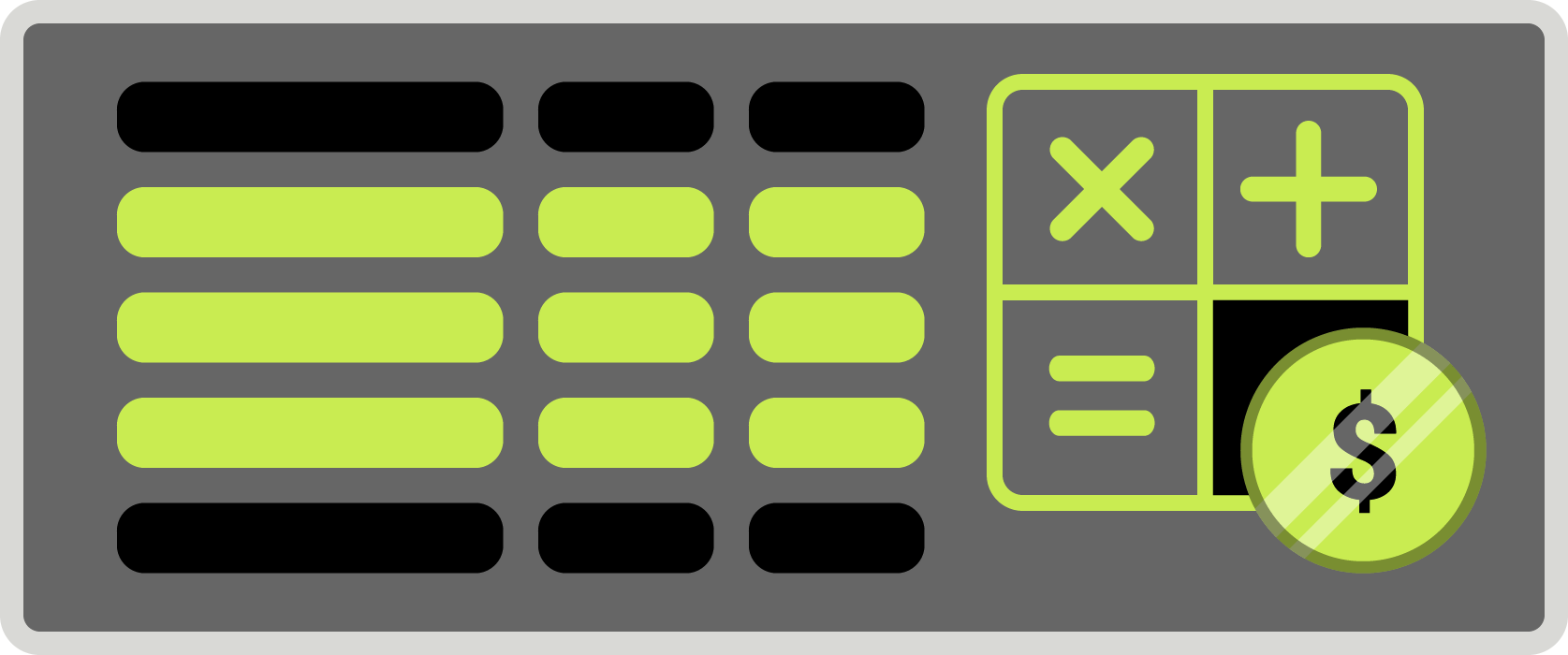Assuming no change in the future capital gain tax rate, all of the variables are known when calculating the first two benefits so quantifying and factoring into an internal rate of return (IRR) or return on invested capital (ROIC) is straight-forward. However, the 2026 cap gain tax rate is subject to change, and there are some proposals that may increase it significantly. .
The rate in 2026 ultimately depends on the outcome of three congressional and two presidential election cycles. A change in cap gain rates could have a significant impact on the after-tax return on an OZ investment. Should capital gains rates increase, the deferred tax paid with the 2026 tax return would increase, but the OZ benefit of eliminating gains (including no recapture of depreciation) after the 10-year holding period would also increase, in the event the investment has appreciated in value.
Generally, the deferral and discount benefits on the original gain do not have a significant enough impact on IRR or ROIC to bridge the gap between two very different investment options.
The 10-year step-up in basis benefit (elimination of gain on the OZ investment) has the potential to be the most advantageous but it is challenging to quantify and include in an IRR or ROIC calculation because it represents taxes saved on the sale of the OZ investment 10 or more years in the future. Therefore, many investors disregard this factor in their analysis, which can lead to misguided investment decisions.
To achieve an “apples to apples” comparison between an OZ investment and a non-OZ investment, investors should consider after-tax cash proceeds on both the front-end and back-end of the analysis. After-tax cash is an important and practical benchmark in the analysis because that is the amount an investor can actually use. We have developed an OZ benefits calculator to help you do just that. This tool will help you compare an OZ investment and a non-OZ investment by using the after-tax capital gain amount eligible for investing and calculating the rate of return needed on a non-OZ investment to yield the same after-tax cash proceeds as the OZ investment after 10-years. The calculator also enables you to customize current and future cap gain rates.


